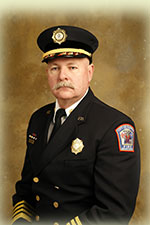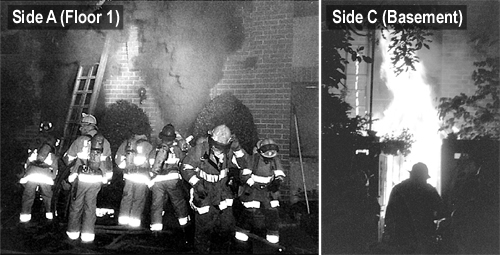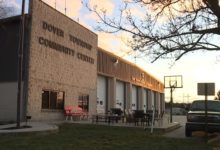U.S. National Grid: An advocate makes the case for its use by first responders.
Click here for demonstration of map coordinate systems that conform to coordinate recommendations of the National Search and Rescue Committee
In September, after we ran a story about an ambulance that couldn’t find a street address, we heard from a STATter911.com reader who made the case this wouldn’t have been an issue if the first responders had been using the U.S. National Grid.
It was not a topic we were very familiar with, but it is something near and dear to Al Studt’s heart. Al has brought this concern up following a number of other incidents including last week’s plane crash in Wheeling, Illinois.
Al describes himself as a U.S. National Grid advocate and instructor with 26 years in the fire service in New York and Florida. He is the PIO with Florida Disaster Engineers, Inc. He is also a Communications & Structures Specialist with FL-TF4 Urban Search & Rescue Team, based in Orlando and a lieutenant with Cape Canaveral Fire Rescue.
We asked Al to write up his thoughts on the subject so we could share them with you. He has done just that:
A major benefit to US National Grid (USNG) is that literally everyone can be on the same page; local Fire Rescue responders, dispatchers, EMS, law enforcement, Forestry, Emergency Operations Centers, out-of-area strike teams, National Guard, USAR, Red Cross, CERT, ham radio operators, Salvation Army, etc. Citizens could be easily trained how to use it. USNG coordinates can be used to reference locations with or without a GPS. If users have a GPS, they can relate their present position to a map. If users are issued a coordinate, they can find it. What does not work is Street Addresses in times when Street or Address designators are gone, obscured by smoke, flooding or instead are completely unfamiliar to the responding crew. Street addresses are also not relative to any off-road or wilderness emergency.
The fire service needs to take steps to implement US National Grid.
CLICK HERE TO READ THE ENTIRE ARTICLE BY AL STUDT




